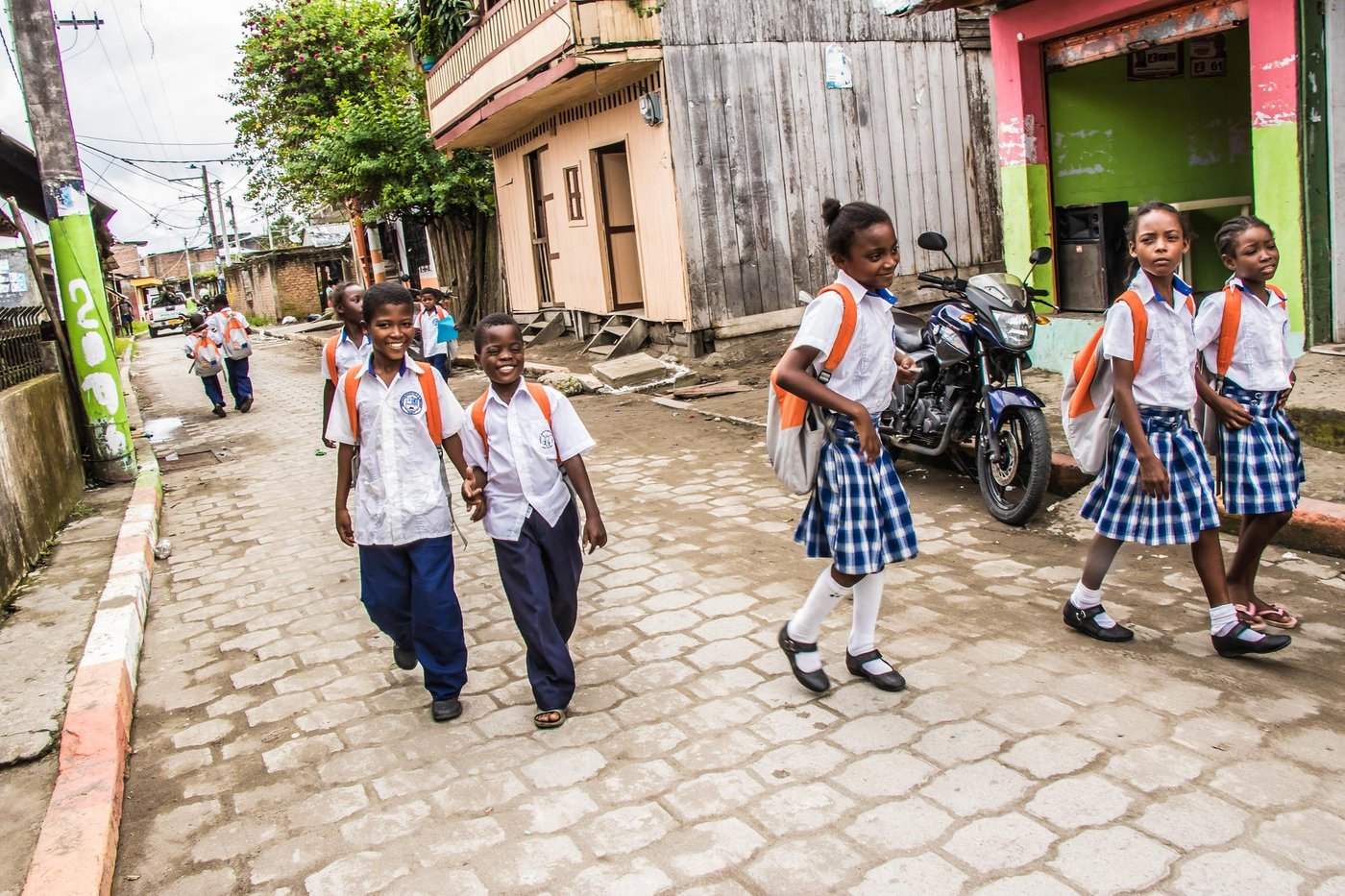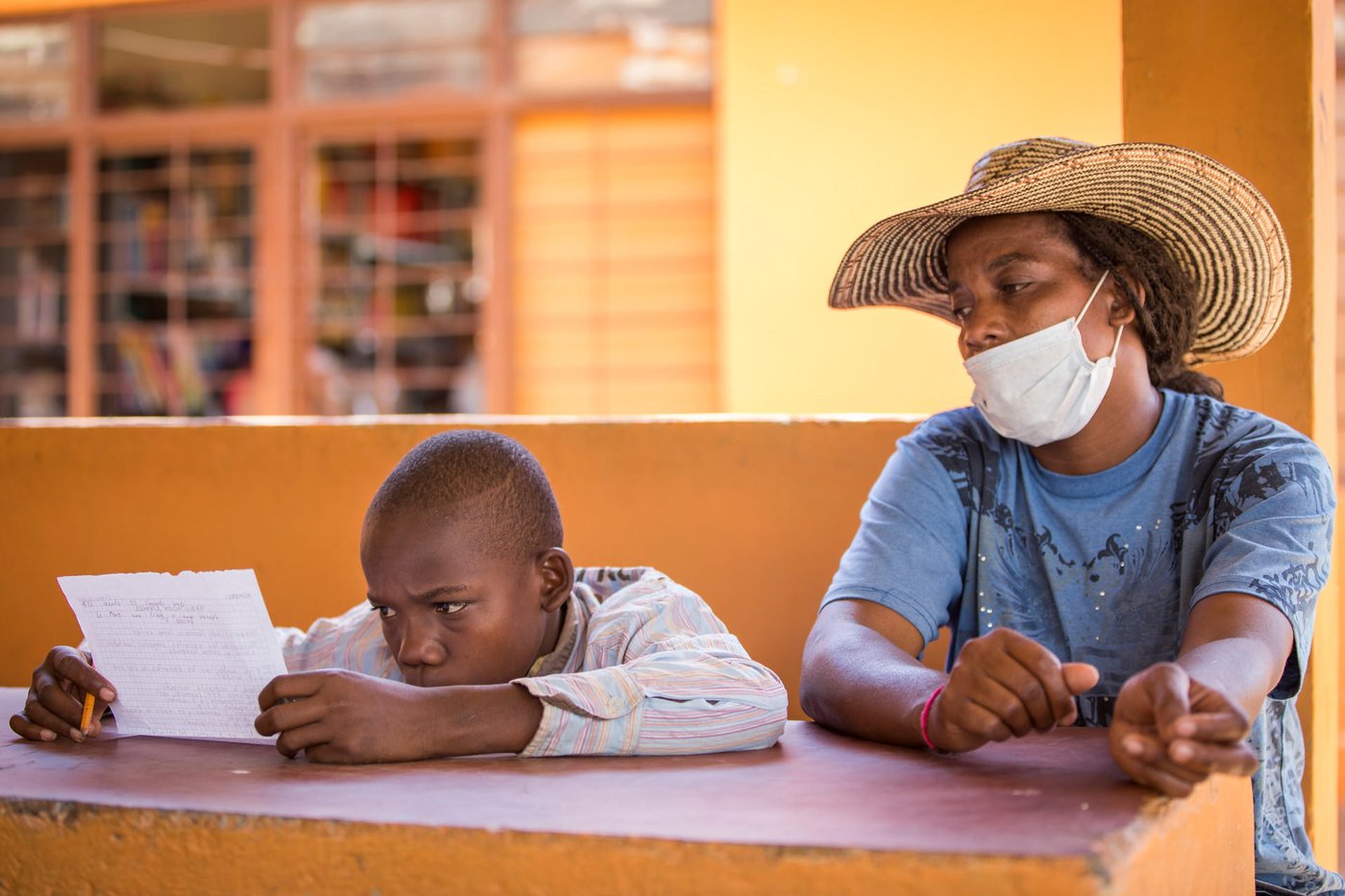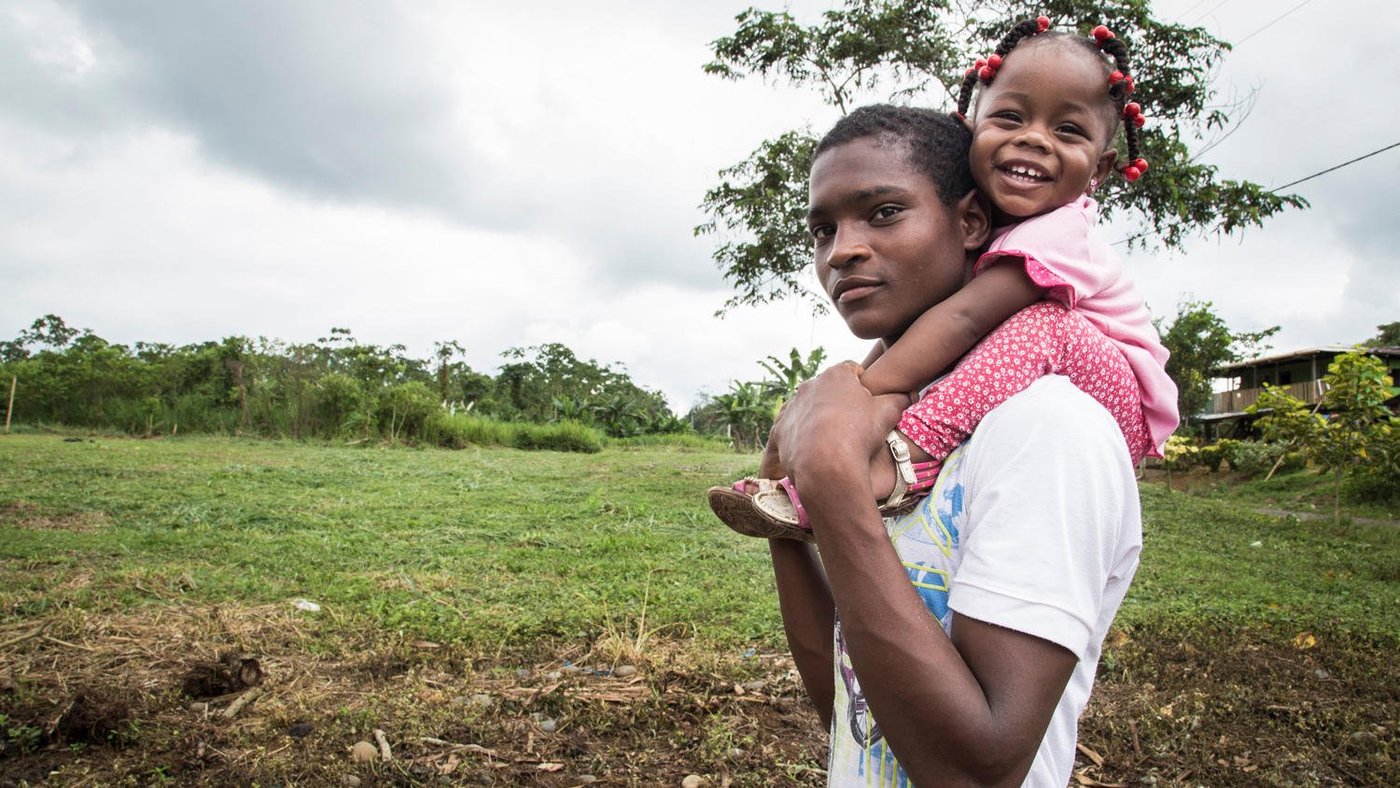Even if negotiations drag on further as the parties jockey for final concessions, the sense in the country is that the conflict is indeed finally ending. In the isolated region of Nariño, on the southwest Pacific Coast, where I traveled with Norwegian Refugee Council colleagues last week, there were visible signs of the FARC presence, while the government military allowed the movement of people and goods to pass largely unimpeded. Communities in Nariño have experienced forced displacement as recently as May. But the overall level of the conflict is reduced, although forced recruitment continues in some areas.
The absence of conflict is not enough
Over the course of four days travel by boat through the region, the villagers and local officials we met conveyed a mixture of hope and anxiety at this critical moment. The people of Nariño, largely Afro-Colombian, but also indigenous, have experienced conflict and forced displacement for over several decades, while simultaneously remaining in their historic state of nearly complete marginalization from the rest of Colombia.
Peace they understand and yearn for. But peace as the mere absence of conflict is not enough. As one community leader expressed; “the peace process needs to lead to social justice, allowing us to live a dignified life in the land of our ancestors.”
The peace process needs to lead to social justice, allowing us to live a dignified life in the land of our ancestors.Colombian community leader
As evidenced by TV adverts, videos on the national airline, and social media campaigns, the Colombian government is fully committed to building national support for the peace agreement. But special efforts will need to be made to reach isolated rural communities like those of Nariño.
In the indigenous village of Santa Rosa, community leaders told us that they had no idea about the peace process and how the accord would be implemented. Similar uncertainty was expressed in the other communities that we visited, reflecting the isolation of the region from the rest of Colombia.

Reasons for anxiety
People can see for themselves that the level of conflict has diminished. But there are legitimate reasons for anxiety. In Nariño, an illegal economy based on coca and unregulated gold mining flourishes. Without an effective disarmament process and efforts to establish the rule of law even in isolated areas, the political conflict can easily morph into a conflict over the control of illegal businesses.
Further, one guerrilla group, the ELN, remains outside the formal peace process, and ELN elements have a presence in Nariño. They can play the role of spoiler, creating further vulnerability at the local level.
Colombia, and the donor governments and organizations that support it, have much global experience to draw on in carrying out the accord. Compared to countries such as El Salvador, Mozambique, Cambodia and Afghanistan, Colombia has stronger national government institutions to manage the process, with a wealth of local non-governmental and community-based organizations to draw on. These institutional strengths alone, however, will not guarantee success.
Read more about the situation in Colombia, here: On the way to peace
Transitioning to peace
There is a tendency once the conflict is over to leap into supporting long-term development, casting aside humanitarian actors who have some of the strongest networks and links with isolated and historically marginalized communities. There is an equally strong tendency for the resources that flood in to support the peace process to get bottled up in the capital, leaving small towns and rural communities in the periphery completely cut off from the real financial benefits of the peace accords.
A successful transition from conflict to peace will require a close partnership with the international agencies and community-based organizations that have proven to be effective throughout the long period of insecurity and forced displacement.

It also requires a swift and transparent way to get funding to the local level, so that both local governments and the people they are supposed to serve can see tangible benefits from the peace process in the form of better schools, wider availability of healthcare, and greater access to markets.
The people of Nariño have a realistic and sophisticated view of what needs to happen for the peace to be real. A community leader in El Charco told me that “the post-conflict period will be harder than what we’ve lived through. It will take time. For equality all parties will have to work.”
The desire for equality, justice, and inclusion among the Afro-Colombian and indigenous communities of the Pacific Coast is a resource for the parties to the conflict and the Colombian people to draw on as they press forward at this historic moment.
Joel Charny is the USA Director for the Norwegian Refugee Council. He has been working in the humanitarian sector for over 30 years.


